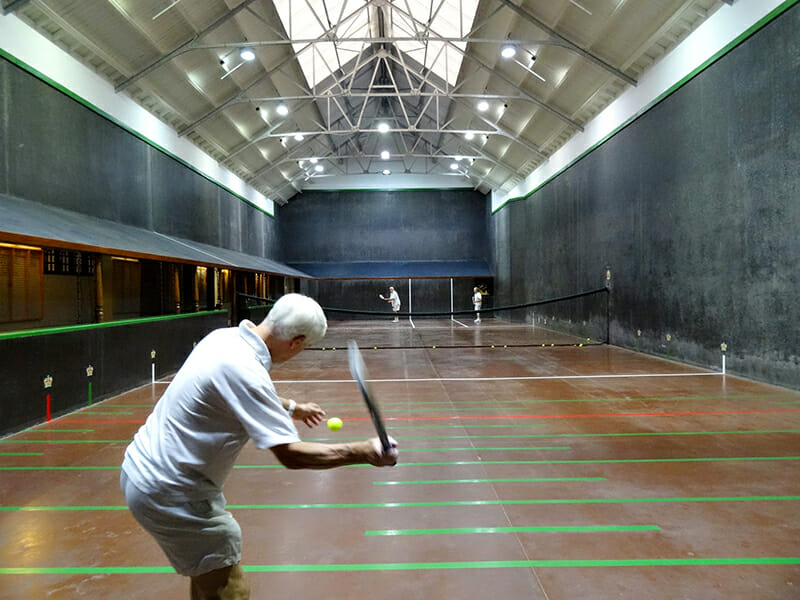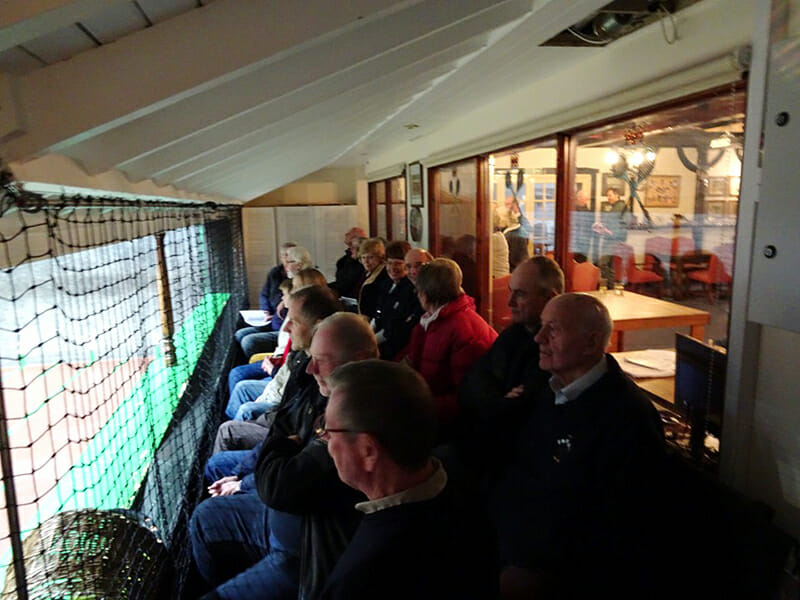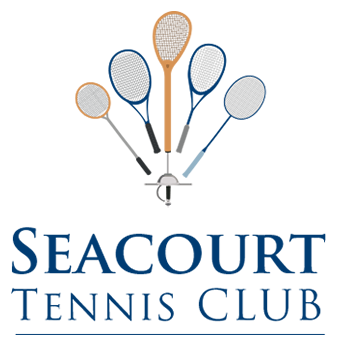Real tennis, the centuries-old precursor to modern lawn tennis, originated in the 14th century and is still played today by dedicated enthusiasts in the UK, France, the US, and Australia. Known for its unique courts enclosed by walls and sloping roofs, the game blends elements of tennis, squash, and chess, demanding both physical skill and strategic thinking. The equipment is equally distinctive—handmade balls with cork cores and heavy wool coverings, and asymmetrical wooden rackets designed for precision and power.
At Seacourt, the real tennis court is the heart of the club. With viewing galleries and live-streamed matches, spectators and players alike can enjoy the sport’s rich tradition. The club offers lessons for all ages, including a strong junior coaching program. Thanks to a flexible handicap system, players of all skill levels can compete fairly. However, due to high demand and limited court availability, newcomers are encouraged to book lessons with professional coaches to get started.



